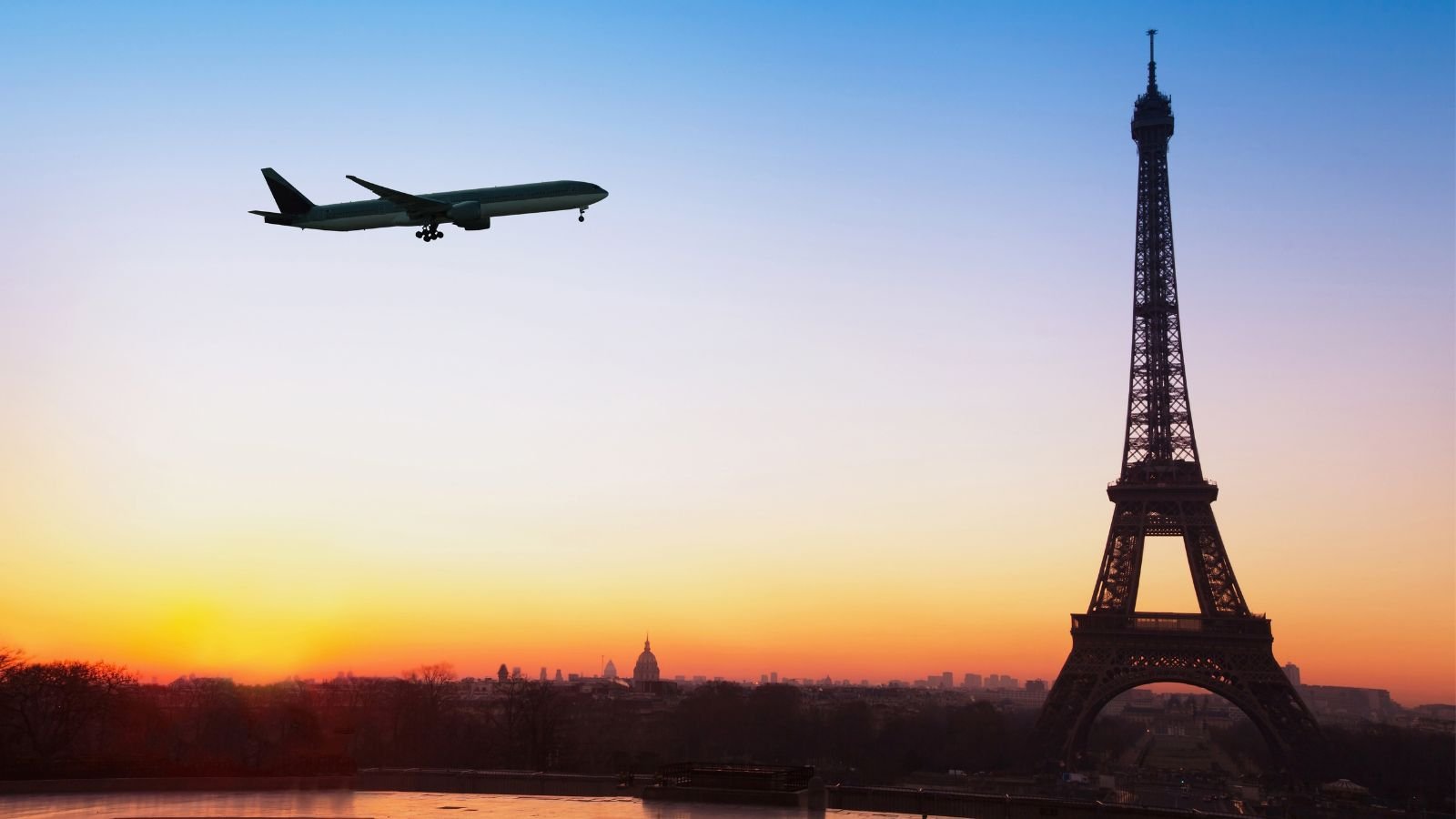The law of unintended consequences seems to impact the airline industry more than most; unilateral action by regulators can ripple through surrounding markets creating confusion for an industry where long-term planning frequently clashes with short-term opportunism.
This week France banned all domestic flights where an alternative train service of under two and a half hours exists. The routes that seem to be under focus are services between Paris and Nantes, Lyon and Bordeaux. Critics have described the ban as “symbolic” and a “distraction” to the real issue of not just the value of domestic flying but the slow and steady change to train from plane that is happening throughout mainland Europe.
We’ve crunched some data and here’s what we’ve found...
Domestic Flying Is Falling
We’ve compared the summer schedules across some of Europe’s major markets this year to the 2019 season to identify what is happening.
As the table below highlights the number of domestic flights this summer in many of Europe’s major markets has fallen, supporting the fact that even without regulatory interference airlines were adjusting their networks.
Indeed, in their most recent earnings report, easyJet referenced the withdrawal from German domestic routes as making a dramatic improvement in their results. Simply put, domestic flying is (in most cases) very unprofitable, and for many carriers the only real value is the connecting traffic to long-haul services.
Digging deeper into the data and looking specifically at each country markets' domestic services that were not to or from a hub airport (for example, Bordeaux to Lyons), in France alone thirteen airport pairs (18%) that operated on at least a daily basis have been dropped since summer 2019.
In Germany, only eleven airport pairs (without a hub airport) remain operational this summer on a daily basis, compared to twenty-eight in 2019, a 60% reduction in airport pairs served.
It would be reasonable to say that in all major European country markets the number of domestic flights has fallen since summer 2019 as airlines adjust their networks and develop inter-modal connectivity; the French Government approach seems to have missed what the market was doing anyway!
How Does the Connectivity Clause Affect French Airlines?
As has always been the case with French aviation, there is a sneaky clause that provides a loophole for some carriers, principally those with connecting traffic, think Air France for example.
The “protection” of connecting traffic is important, and of course very profitable, so understanding the traffic mix on services to/from Paris across the affected routes makes an interesting insight.
Based on 2022 traffic data the table below shows the traffic mix from Bordeaux, Lyons and Nantes airports to Paris:
- Fewer than one in five passengers were purely traveling to Paris on two of the affected routes.
- On all routes most bookings were connecting onwards, and most of those were with Air France and their partners.
A quick check of the Air France website this morning confirms that reservations can still be made from Bordeaux to New York in August with an Air France Hop service to Paris CDG, suggesting that reservations are still possible for connecting traffic but that services to Paris Orly - where the local market is stronger - are no longer on sale.
Connecting traffic and those lucrative connecting flows are, it would seem, still available for sale, although improvements in train services in France could ultimately squeeze some Paris CDG services.
Is This Just Sustainable Showboating?
The new law naturally plays to the carbon emissions and sustainability argument that is now front and centre for every airline’s CEO, but let’s not forget how many advances the industry has made and will make in the coming years. Domestic flying is historically unprofitable, alternate transport methods are improving all the time, and travelers are making informed choices that direct them toward the most efficient and sustainable means of travel. The direction of travel has been established for some time; it didn’t need a vote-winning idea made in isolation of any other country to nudge the market along.
Indeed, if the French authorities really want to help support sustainable travel then perhaps ensuring sufficient Sustainable Aviation Fuel (SAF) was available for all airlines in Paris would be a more effective use of available energy, rather than for just the chosen few.






